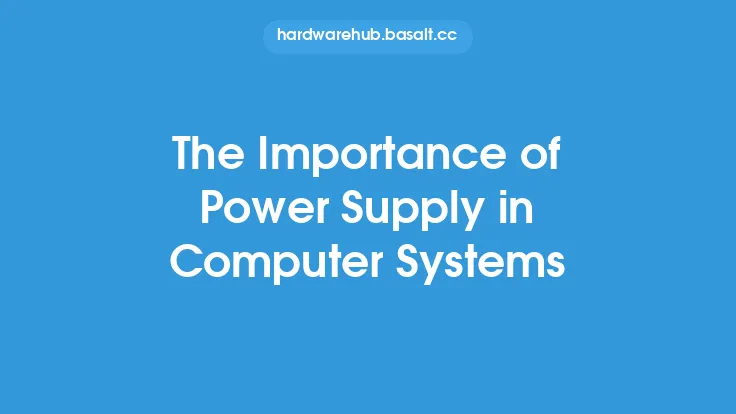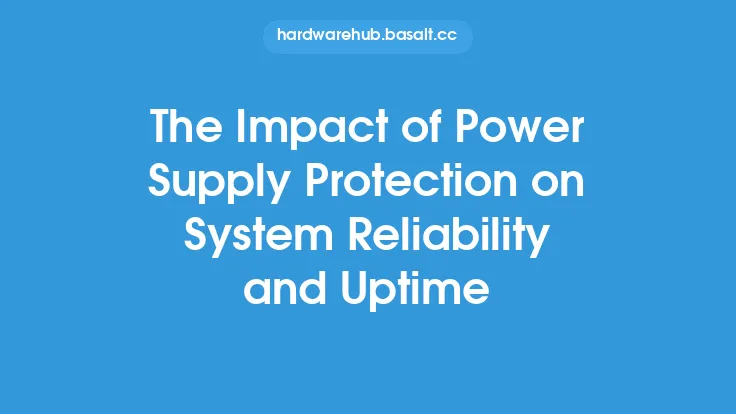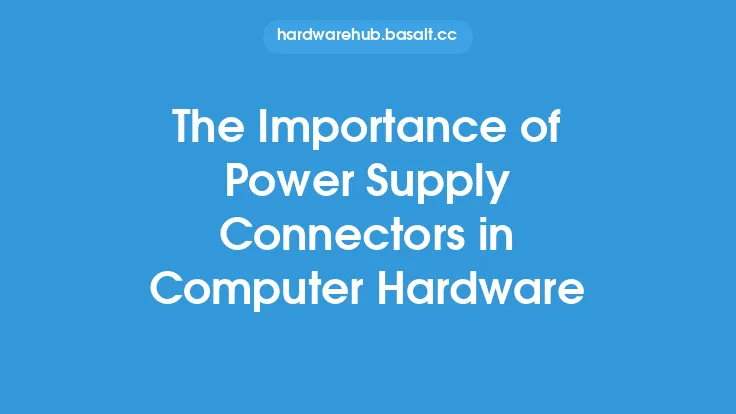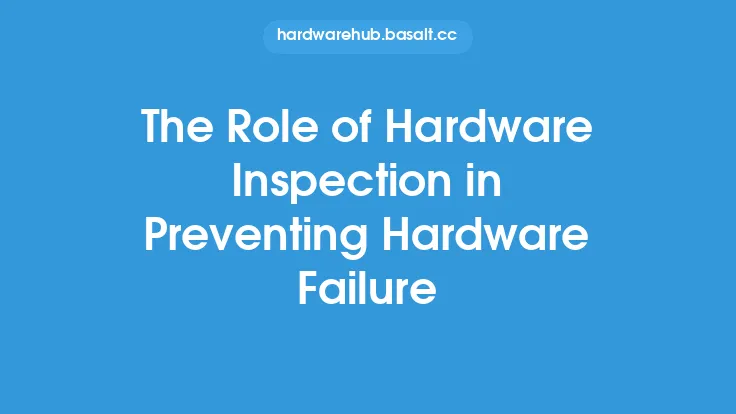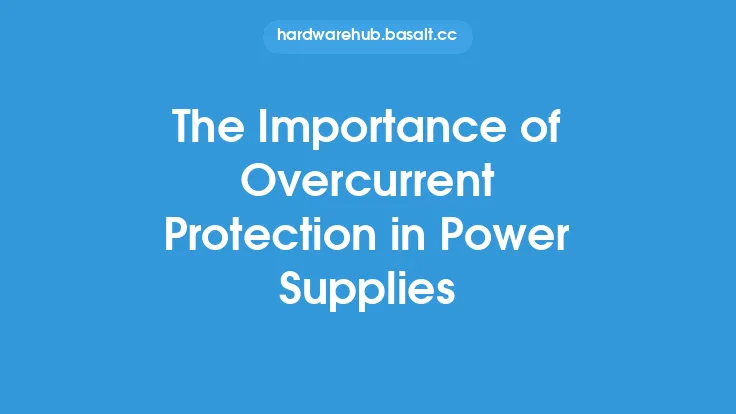Surge protectors are an essential component in the prevention of power surges, which can cause significant damage to electronic devices and hardware. Power surges, also known as voltage spikes or transients, are brief overvoltage conditions that can occur in electrical systems. These surges can be caused by a variety of factors, including lightning strikes, power grid switching, and equipment malfunctions. The primary function of a surge protector is to absorb or divert these surges, preventing them from reaching sensitive electronic equipment.
What are Power Surges?
Power surges are sudden and brief increases in voltage that can occur in electrical systems. These surges can be caused by a variety of factors, including external sources such as lightning strikes, power grid switching, and internal sources such as equipment malfunctions or faulty wiring. Power surges can be classified into several types, including:
- Line-to-line surges: These occur between two or more conductors in a power system.
- Line-to-ground surges: These occur between a conductor and ground.
- Line-to-neutral surges: These occur between a conductor and the neutral point in a power system.
Power surges can cause significant damage to electronic devices and hardware, including data loss, equipment failure, and even fires.
How Surge Protectors Work
Surge protectors work by absorbing or diverting power surges, preventing them from reaching sensitive electronic equipment. There are several types of surge protectors available, including:
- Metal oxide varistors (MOVs): These are the most common type of surge protector and work by absorbing surges and diverting them to ground.
- Gas discharge tubes (GDTs): These work by creating a conductive path to ground when a surge occurs, diverting the surge away from sensitive equipment.
- Transient voltage suppressors (TVSs): These work by clamping the voltage to a safe level, preventing surges from reaching sensitive equipment.
Surge protectors can be installed at various points in an electrical system, including at the service entrance, at the distribution panel, and at the point of use.
Types of Surge Protectors
There are several types of surge protectors available, each with its own unique characteristics and applications. Some of the most common types of surge protectors include:
- Point-of-use surge protectors: These are installed at the point of use, such as at a computer or television, and provide protection for individual devices.
- Panel-mounted surge protectors: These are installed at the distribution panel and provide protection for entire circuits or systems.
- Service entrance surge protectors: These are installed at the service entrance and provide protection for entire buildings or facilities.
- Surge protector strips: These are multi-outlet strips that provide protection for multiple devices.
Benefits of Using Surge Protectors
The use of surge protectors can provide several benefits, including:
- Protection of sensitive electronic equipment from power surges and voltage spikes.
- Prevention of data loss and equipment failure.
- Reduction of downtime and maintenance costs.
- Increased safety and reduced risk of fires.
- Compliance with regulatory requirements and industry standards.
Surge protectors can be used in a variety of applications, including residential, commercial, and industrial settings.
Selecting the Right Surge Protector
Selecting the right surge protector for a particular application can be a complex task, requiring consideration of several factors, including:
- The type and level of surge protection required.
- The voltage and current ratings of the surge protector.
- The response time and clamping voltage of the surge protector.
- The durability and reliability of the surge protector.
- The cost and maintenance requirements of the surge protector.
It is essential to consult with a qualified electrician or engineer to determine the best surge protector for a particular application.
Installation and Maintenance of Surge Protectors
The installation and maintenance of surge protectors are critical to ensuring their effectiveness and reliability. Some of the key considerations include:
- Proper installation: Surge protectors should be installed in accordance with the manufacturer's instructions and relevant industry standards.
- Regular inspection: Surge protectors should be regularly inspected to ensure they are functioning correctly and have not been damaged.
- Maintenance: Surge protectors should be maintained in accordance with the manufacturer's instructions, including replacement of worn or damaged components.
- Testing: Surge protectors should be tested regularly to ensure they are functioning correctly and providing the required level of protection.
Conclusion
Surge protectors are an essential component in the prevention of power surges, which can cause significant damage to electronic devices and hardware. By understanding the types of power surges, how surge protectors work, and the benefits of using surge protectors, individuals and organizations can take steps to protect their equipment and prevent costly damage. Selecting the right surge protector and ensuring proper installation and maintenance are critical to ensuring the effectiveness and reliability of surge protectors. By taking these steps, individuals and organizations can help prevent power surges and protect their valuable electronic equipment.
